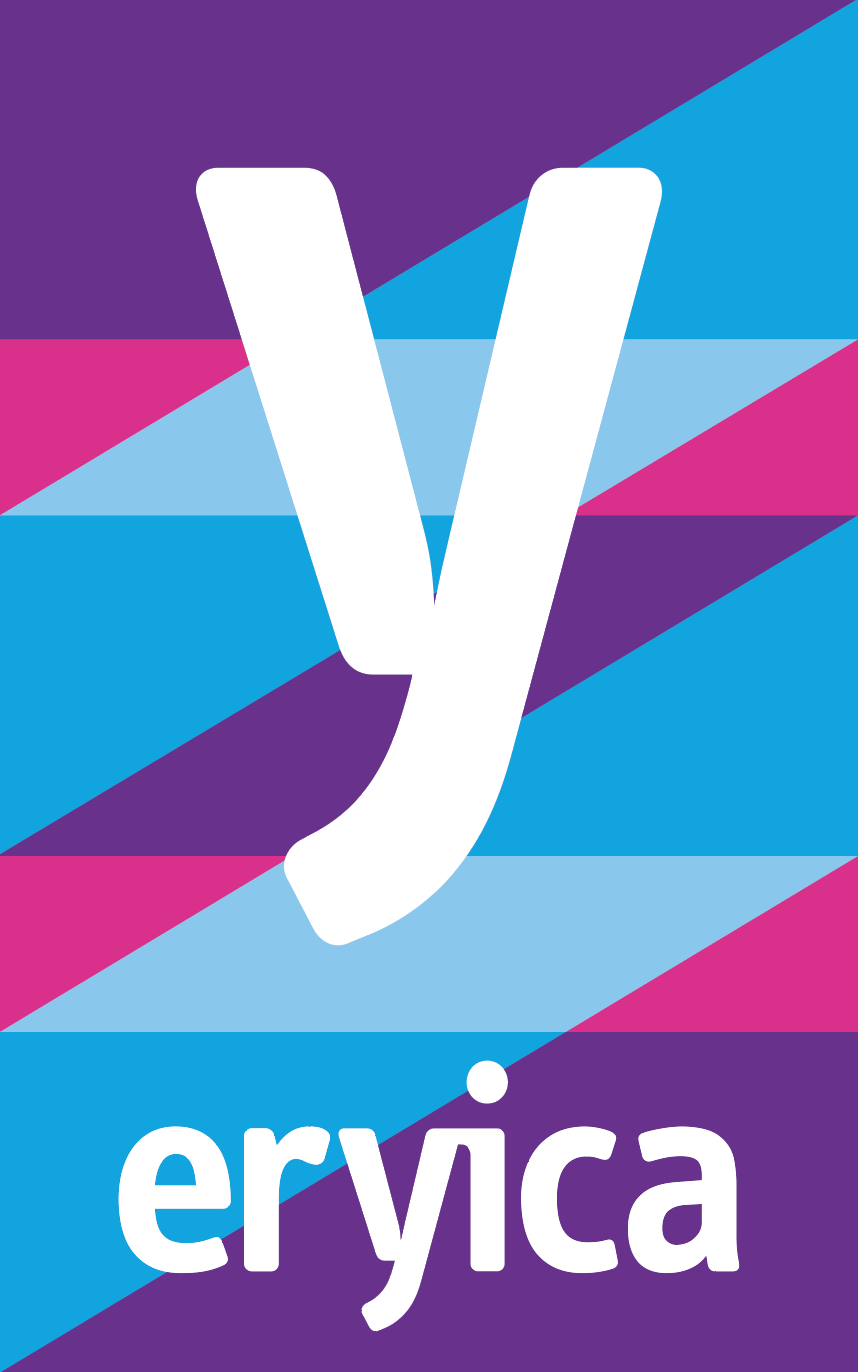How do young people want to engage online with the Scottish Gaelic language?
2022
How do young people want to engage online with the Scottish Gaelic language?
Young Scot has launched national research findings on how young people want to engage online with Scottish Gaelic (Gaelic) – the founding language of Scotland.
Since 2018, Young Scot has been partnering with Bòrd na Gàidhlig, the public body of the Scottish Government, with responsibility for Gaelic. Together, they’ve been creating youth information to help young people learn or improve their Gaelic skills and raise awareness of the benefits of learning Gaelic. They’ve been doing this by creating engaging and informative content in Gaelic for young people. Their young.scot/gaelic pages host content in Gaelic alongside opportunities, events and Young Scot Rewards – bringing core Young Scot services to young people in Scotland who speak Gaelic or want to learn.
Earlier this year, Young Scot ran a research project that over 1,100 young people from across Scotland took part in. The young people had varying levels of fluency – from new learners of the language through to fluent speakers. The survey was designed to increase Young Scot’s understanding of how young people want to access information and social media content in Gaelic – and follows on from a similar survey that was delivered in 2020.
Key findings:
More than half of the young people who could not speak Gaelic stated that they were interested in learning (59.2%) – a 10% increase since 2020.
Two-thirds of young people said they wanted to use short-form videos such as TikTok and Instagram Reels when learning Gaelic.
Two-thirds of young people who are learning Gaelic are doing so as it’s an integral part of Scottish culture and national identity.
Over half of young people stated that they do not see or use Gaelic online.
When asked where they see and use Gaelic online, almost half selected Duolingo and Instagram.
Almost three-quarters of young people said they would like to see more Gaelic content online and on social media.
When asked what type of information fluent speakers would like to be able to find, or find more easily, in Gaelic, the most commonly selected options were opportunities for young people and culture, music and art.
Fluent young people were asked to describe what online Gaelic resources they would like to be created. The most common suggestions were for resources around Gaelic-related interests such as culture, history and news. There was also interest in dedicated Gaelic social media channels as well as resources to help improve young people’s Gaelic.
Young Scot plans to use this research to refine their social media output and ensure they’re creating engaging Gaelic content for all young people – tailored to whether they’re learning the language or are fluent speakers. They are also sharing the results publicly so that others working in the sector can shape their Gaelic content and information.

